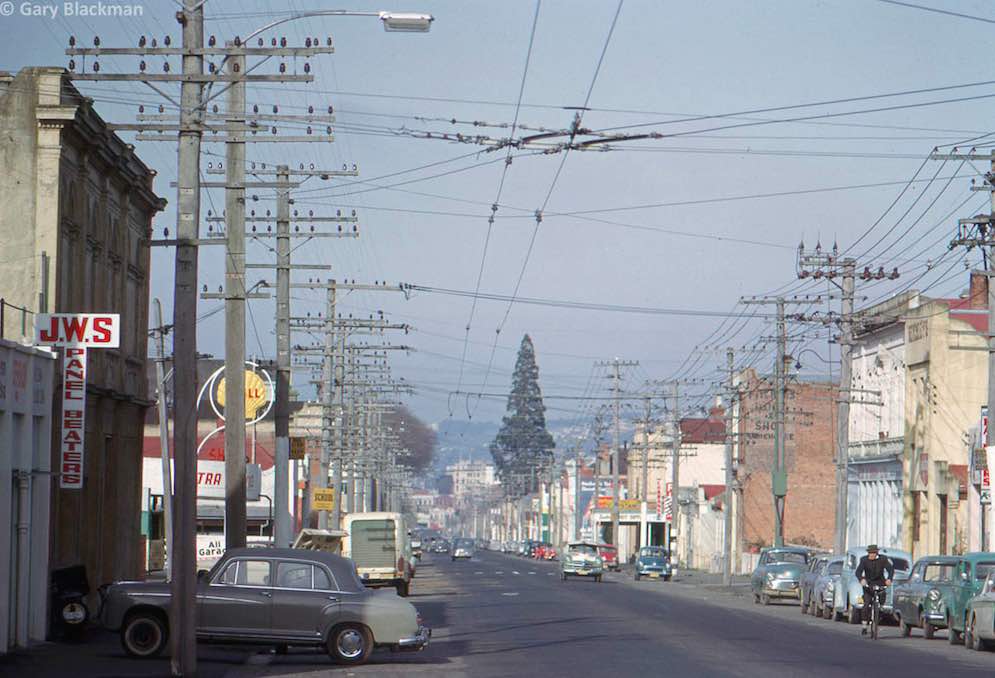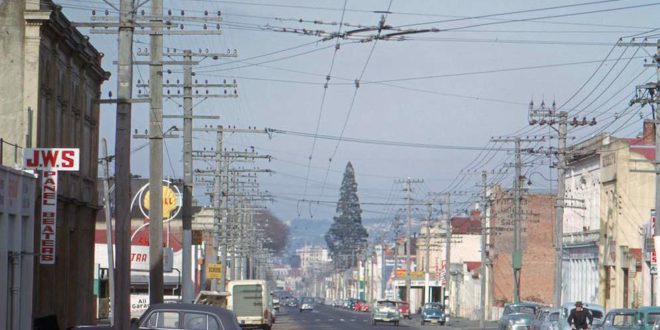Economic growth and energy consumption – Going with or breaking the link
OPINION: Energy is embodied in virtually every human economic activity, whether it is overt like putting petrol in the car or plugging in an appliance or hidden like the energy embodied in building and maintaining the national infrastructure. Infrastructure is a particularly important cost because of the large amounts of energy embodied in basic products like steel and concrete. Even the tar sealed roads we drive on are a by-product from refining oil in the oil refinery.
For a particular lot of technology settings – and I will come back to technology later – the link between (nett) energy consumption and economic growth is very direct – e.g. double growth and you near enough double energy consumption. It is important to think nett as the production of energy may itself have significant energy costs which can’t then be counted. And that is a distinct problem with some renewables.
Based on this relationship the economic growth experienced by the developed world particularly over the past century has been phenomenal. But it has been predominantly driven by access to cheap fossil fuel energy. Fossil fuel energy is in part cheap because the nett return is so high, ie most of the energy is available for use to fuel growth. In contrast, many renewable energy options have very low nett energy outputs and this creates high costs,
It is possible to change the energy/growth relationship and this can be done most easily either through the use of technology, e.g. more efficient appliances etc. or by changing economic consumption to favour lower energy intensity options. At one stage, another easy option was to export the problem by buying energy-intensive products from growing economies like China. But that option is rapidly drying up. Basically, China will have the same problem as we do as it progressively joins the developed world.
The issue of change becomes more difficult if you overlay it with the goal of replacing fossil fuels with renewables – not impossible, just more difficult. The difficulties are much reduced in a country like New Zealand which already has renewable power generation in the form of hydro and geothermal.
So, what are the Options?
 The first and most difficult option (Option A) is to set a goal for reducing energy use (or energy intensity of the economy) and then do whatever it takes to achieve that. The problem with this option is that the policies that have to be adopted may turn out to be extreme (at least for most people) although they might fit very comfortably with the world view of many environmentalists. Either way, we would probably end up with the world which looked very different from the world of today. However, it would not involve effectively going back to living in caves – the march of technology development would see to that. And there would always be the option of fine tuning the goal as the implications became clearer.
The first and most difficult option (Option A) is to set a goal for reducing energy use (or energy intensity of the economy) and then do whatever it takes to achieve that. The problem with this option is that the policies that have to be adopted may turn out to be extreme (at least for most people) although they might fit very comfortably with the world view of many environmentalists. Either way, we would probably end up with the world which looked very different from the world of today. However, it would not involve effectively going back to living in caves – the march of technology development would see to that. And there would always be the option of fine tuning the goal as the implications became clearer.
Option (B) is what I would call the aggressive use of technology, ie the development and application of technologies designed to reduce energy intensity while still delivering what consumers want. I think this approach would achieve a surprising amount and is not too far from what is already happening in some parts of the world. However, it would come at a cost so again it would be a case of deciding what degree of cost compromise society would be prepared to live with.
Option (C) is what I call the soft technology option, ie put effort into finding and applying options which reduce energy intensity but only implement them if they make economic sense – at best reduce and at worst do not increase, current costs. This option is almost painless but may require changes in attitudes and the willingness to adopt unfamiliar technologies. It many ways this is where much of the world is already at, e.g. through the use of smartphone technology, more efficient cars and so on. It may be enough. It is too soon to tell because many of the changes required will be intergenerational in character. i.e. they might not suit me but will probably be adopted by my grandchildren without even thinking about.
The final option (Option D) is to stay with traditional use of fossil fuels as long as possible and don’t adopt new technologies until they are well proven and have demonstrated their advantages over the status quo. There is room to do this that we did not realise we had even 5 years ago, because of the success of new production technology in releasing new resources of fossil fuels like oil and gas. In fact, we may have bought ourselves as much as 100 years of time for making any significant changes.
My feeling is that in most parts of the world we will just naturally drift into the option (or mix of options) that best suits our circumstances, depending on what those circumstances are.
My own preference is for Option C but I would bet my grandkids would go for something like Option B. Option D is still very much on the table, particularly in places like the USA, but again I think attitudes will changes as the generations change.
One thing I am sure about is that there are solutions to be had. The question is not whether we can find a solution but that of what shape we would like the solution to have and what cost we are prepared to pay. I think a question within that question is that of the role that renewable energy forms will play in the future. That could have a dramatic impact on the shape of the solution.
By Bas Walker
This is another of Bas Walker’s posts on GrownUps. Please look out for his articles, containing his Beachside Ponderings.









Join the Discussion
Type out your comment here:
You must be logged in to post a comment.